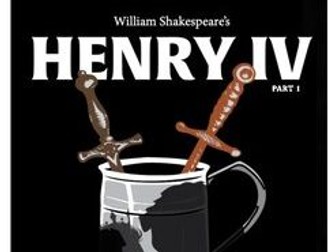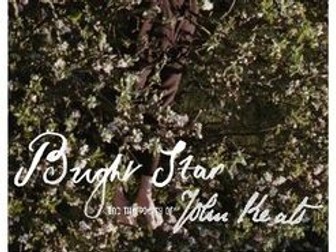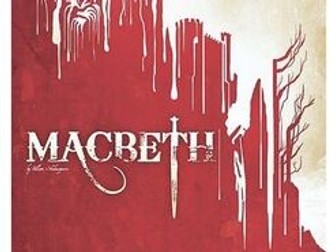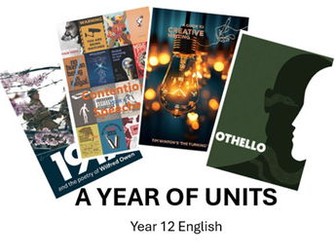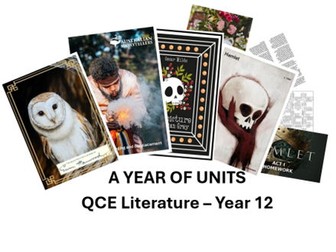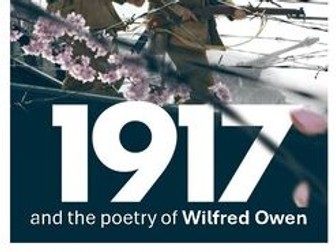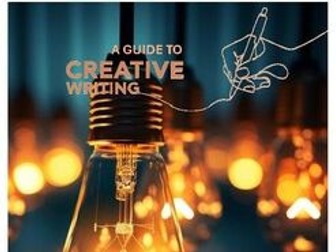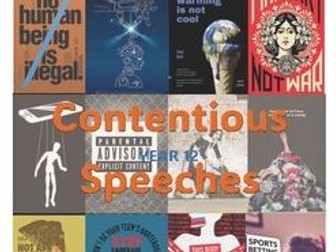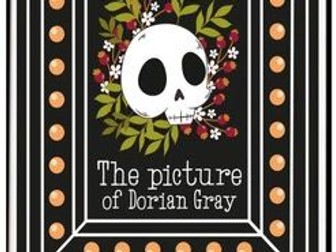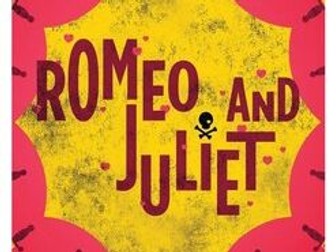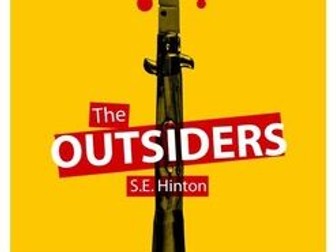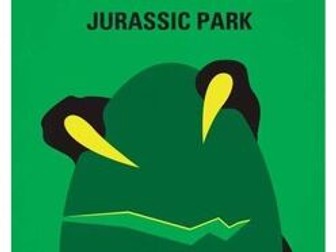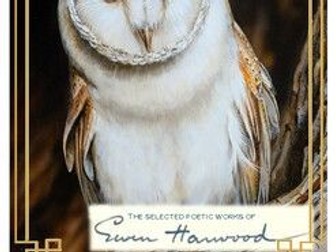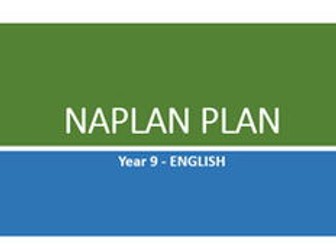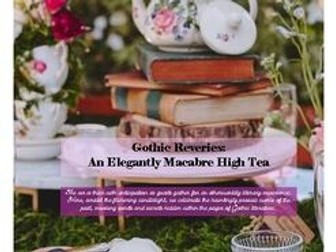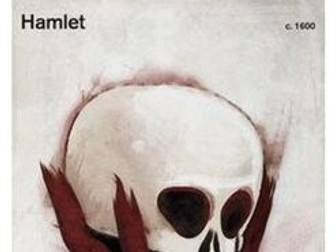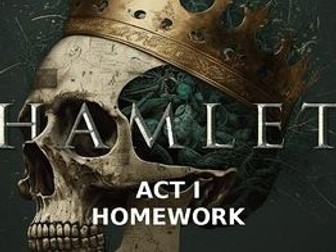Booklet - Henry IV Part 1 - HSC Module B
<p>A printable, pdf booklet to guide students through a study of Shakespeare’s play ‘Henry IV Part 1’ for the HSC Module B. It is focussed on the enduring nature of the Bard’s work as well as a thorough analysis of the play.</p>
<p>A range of Craft of Writing activities have also been embedded into this unit, including: persuasive, discursive, creative, analytical.</p>
<p>Contents of this booklet:</p>
<ul>
<li>Unpacking the module</li>
<li>Before reading - conceptual debate, wide reading, journal questions</li>
<li>Introduction to the play</li>
<li>Contextual investigation</li>
<li>During viewing questions</li>
<li>Further discussion questions</li>
<li>Representation of theme</li>
<li>Representation of character</li>
<li>Critical reception of the play webquest</li>
<li>Construction and language - foils, setting, motifs and symbols</li>
<li>Critical readings</li>
<li>Essay planning table</li>
<li>Practice essay questions</li>
</ul>
<p>This is the standalone student booklet which can be used as the foundation of an HSC Advanced English: Module B unit where the selected text is William Shakespeare’s ‘Henry IV Part 1’, as it is aligned with the NSW Syllabus.</p>
